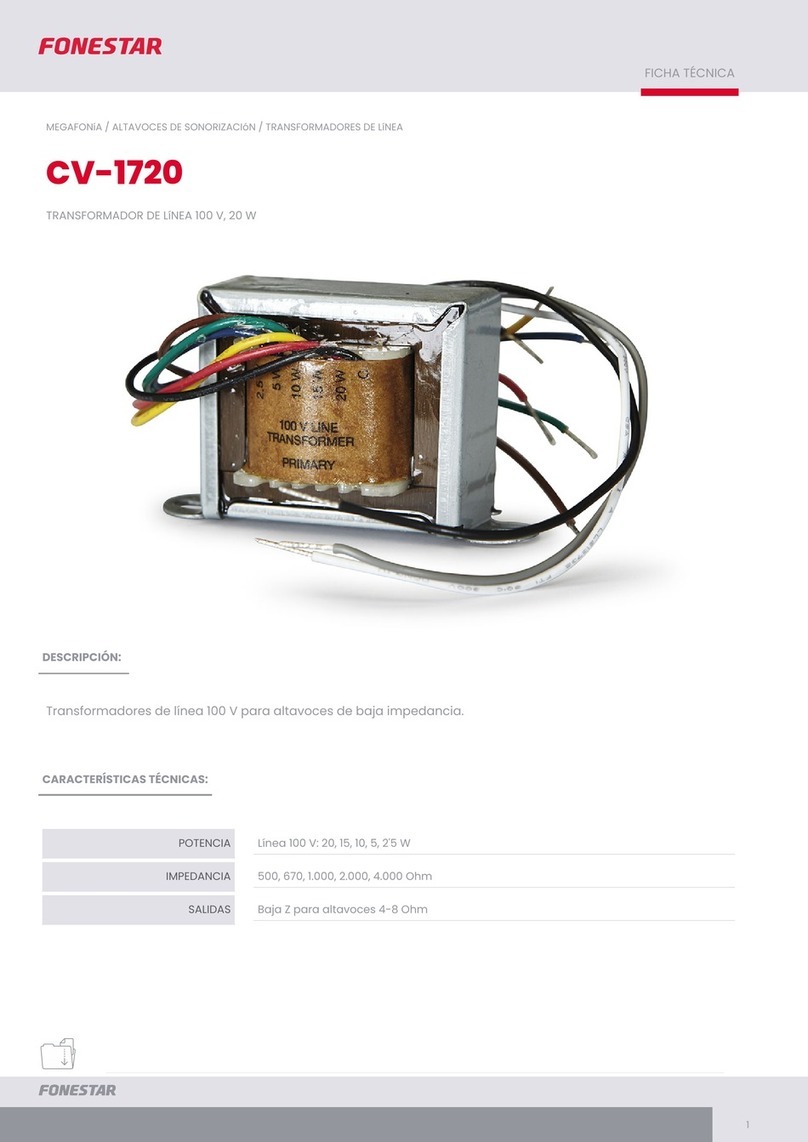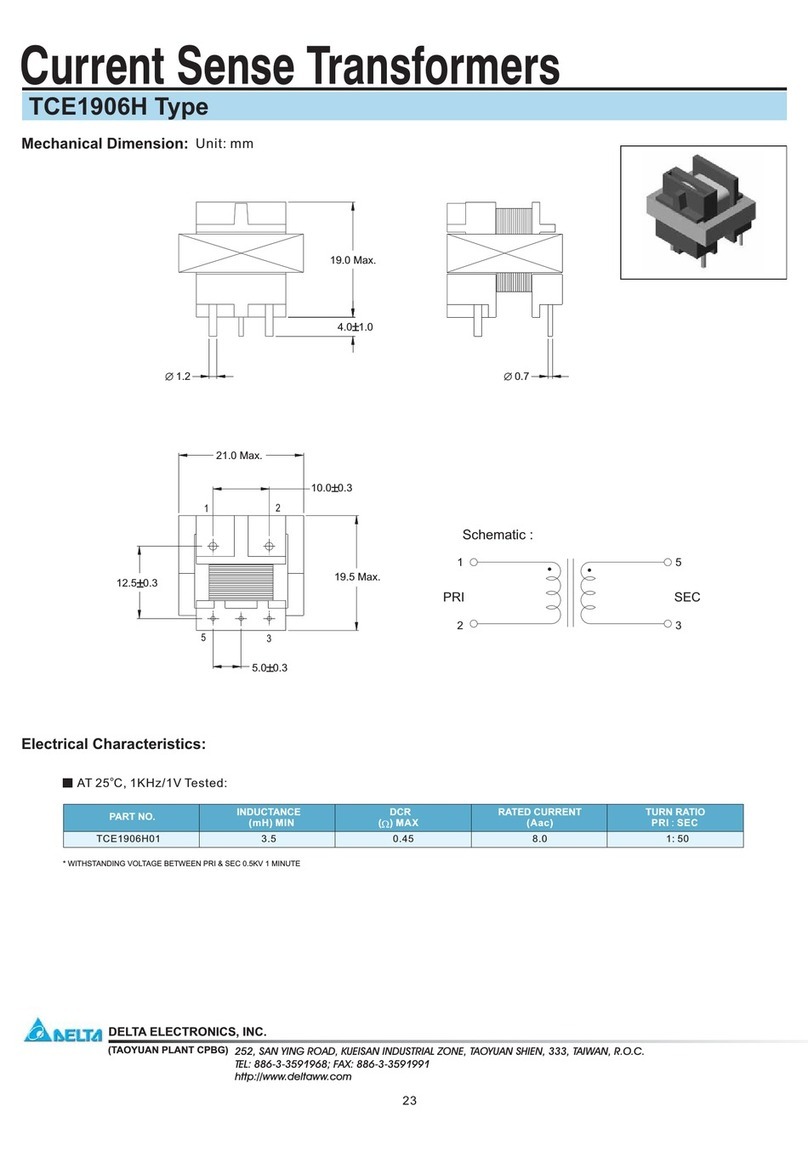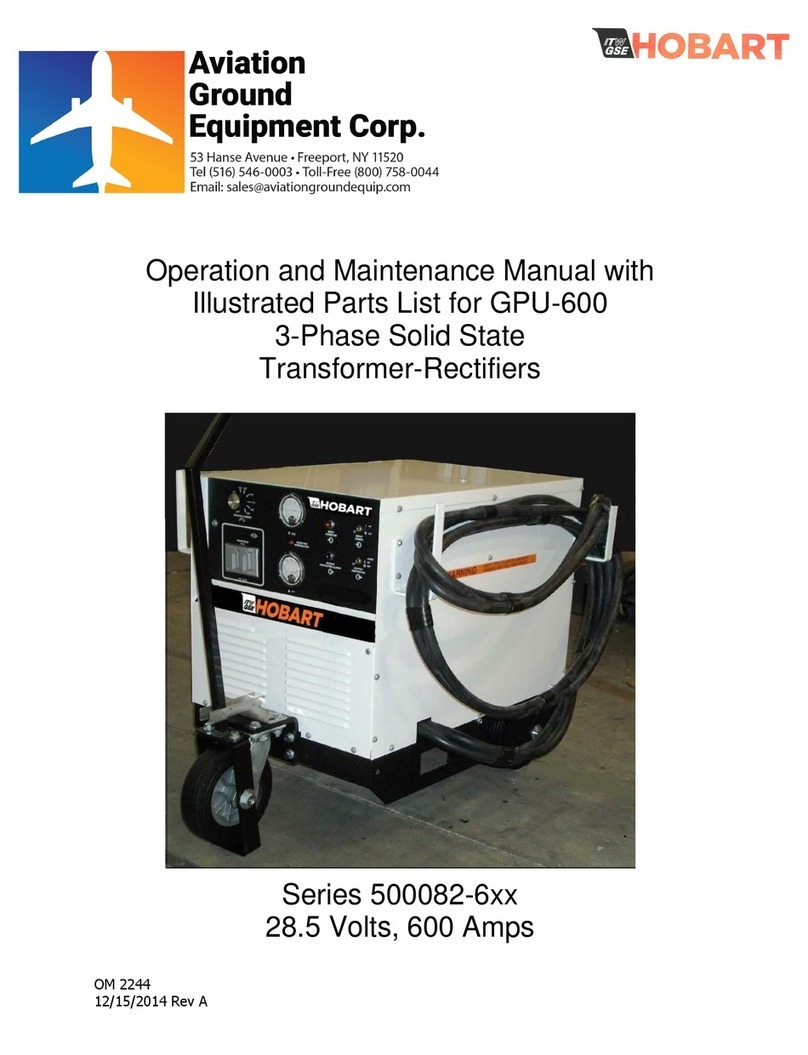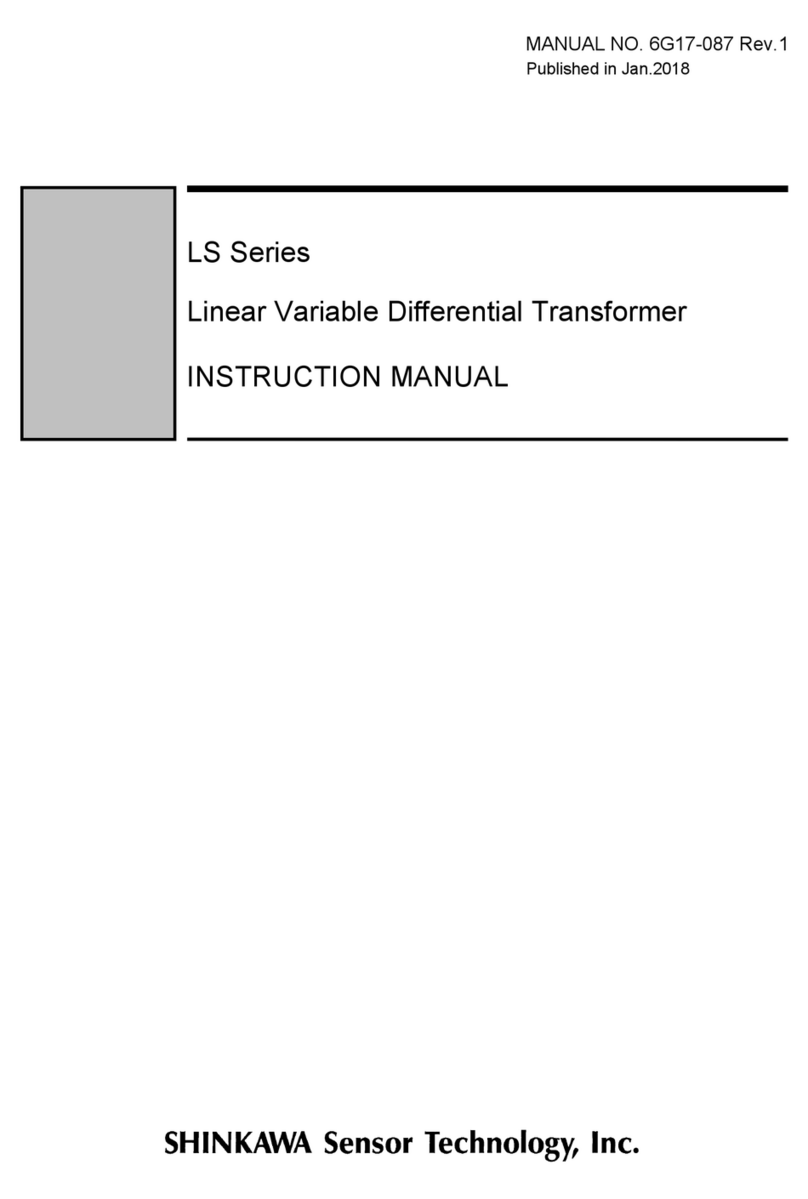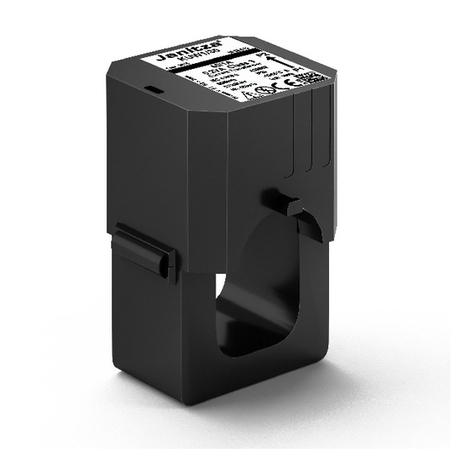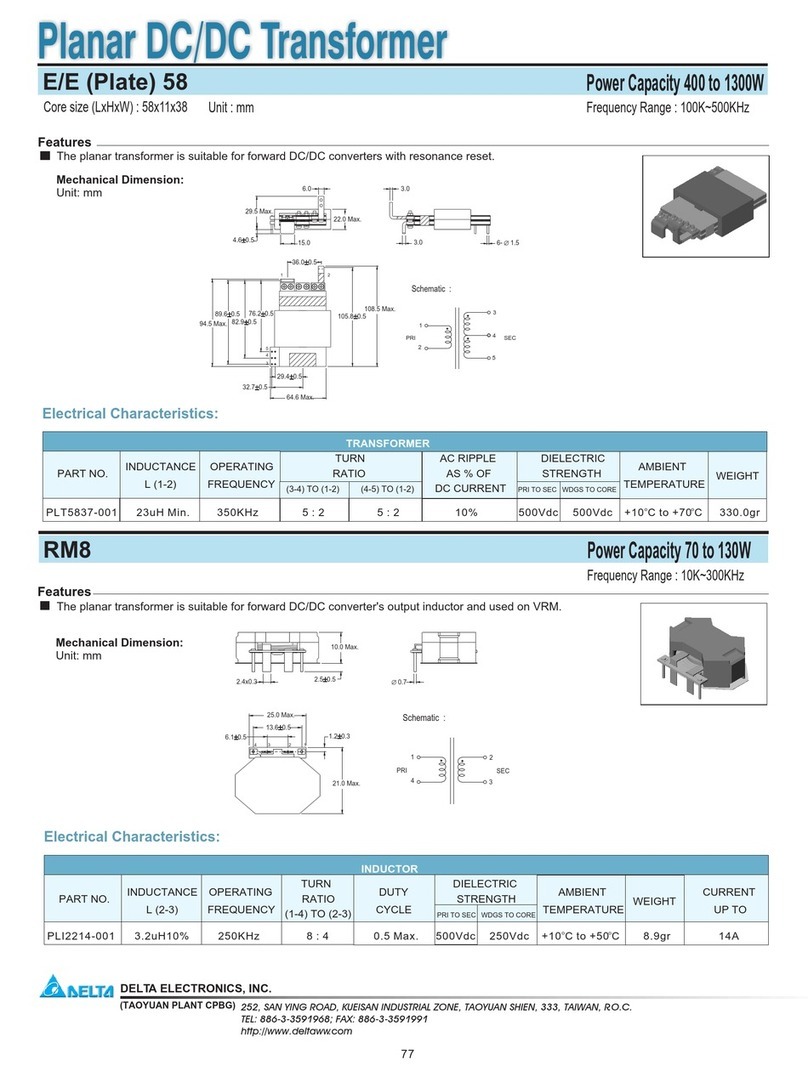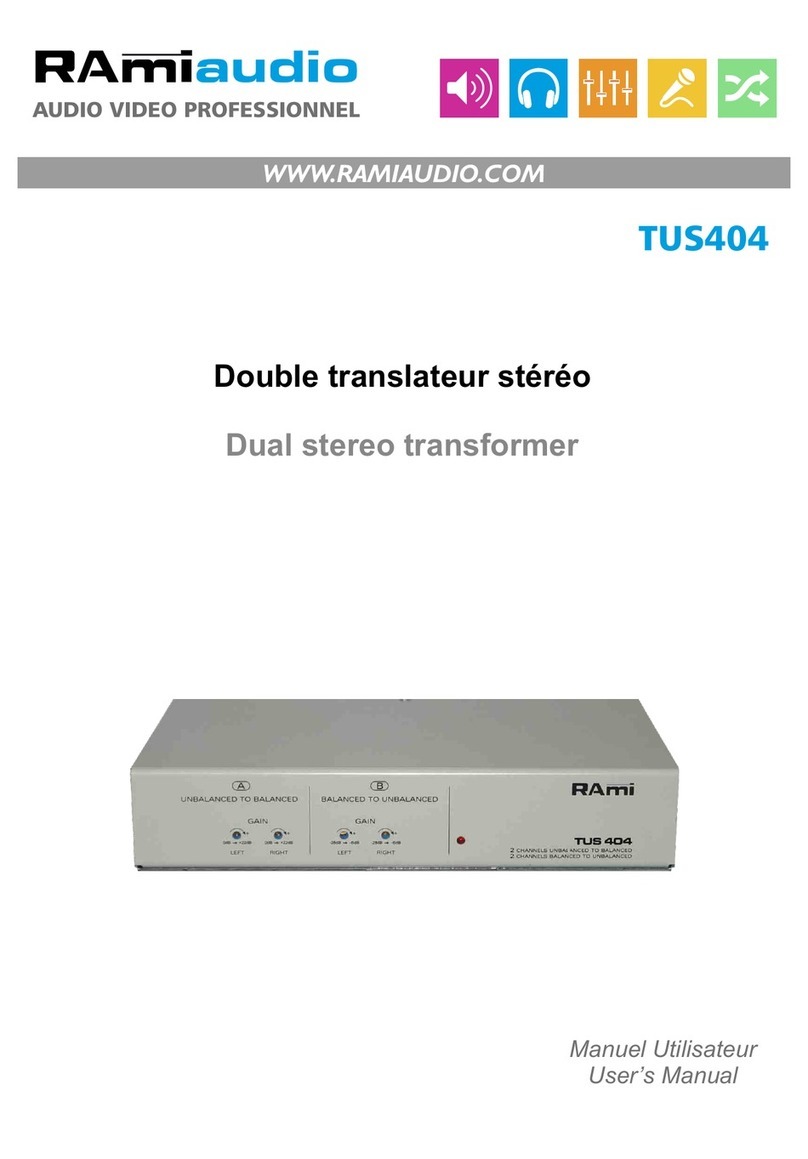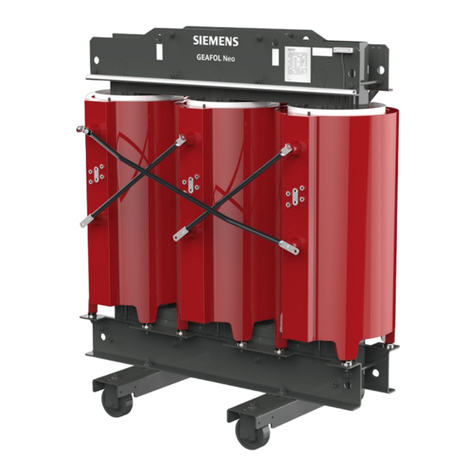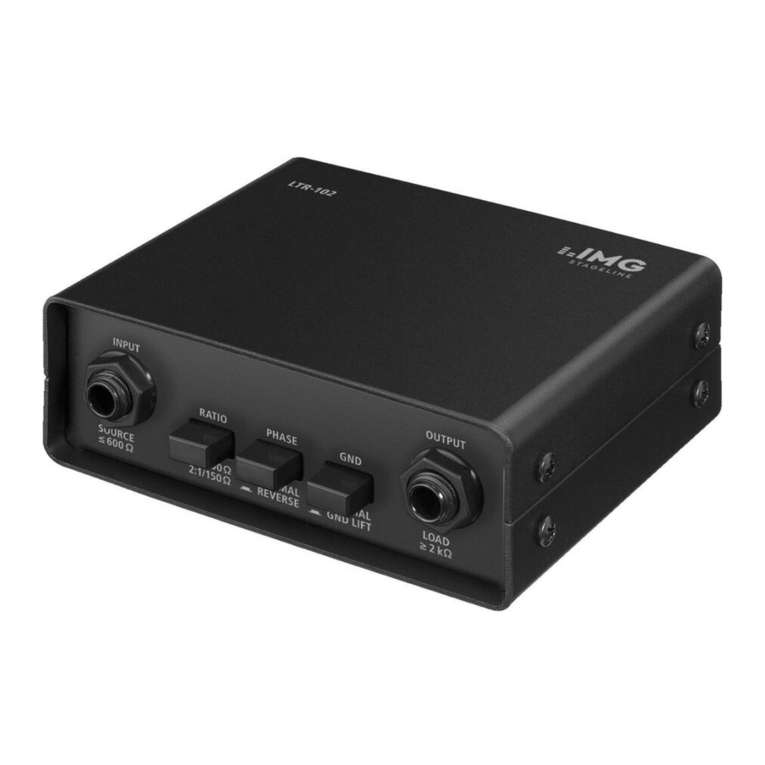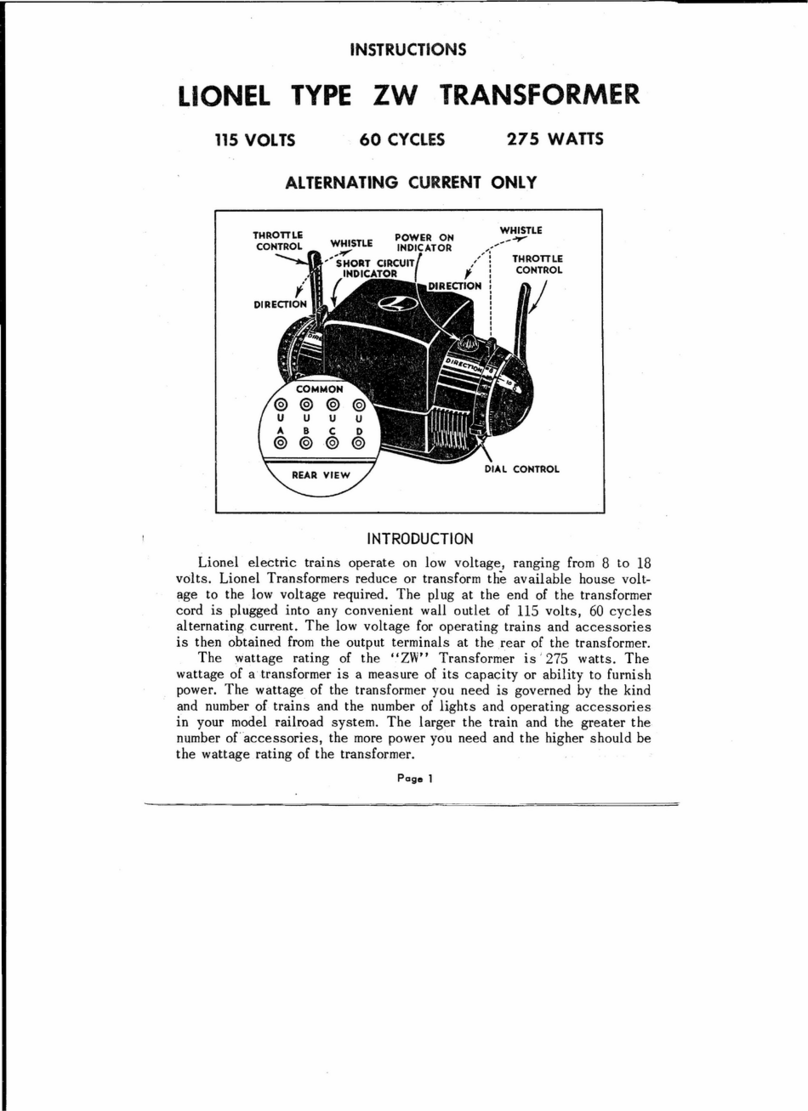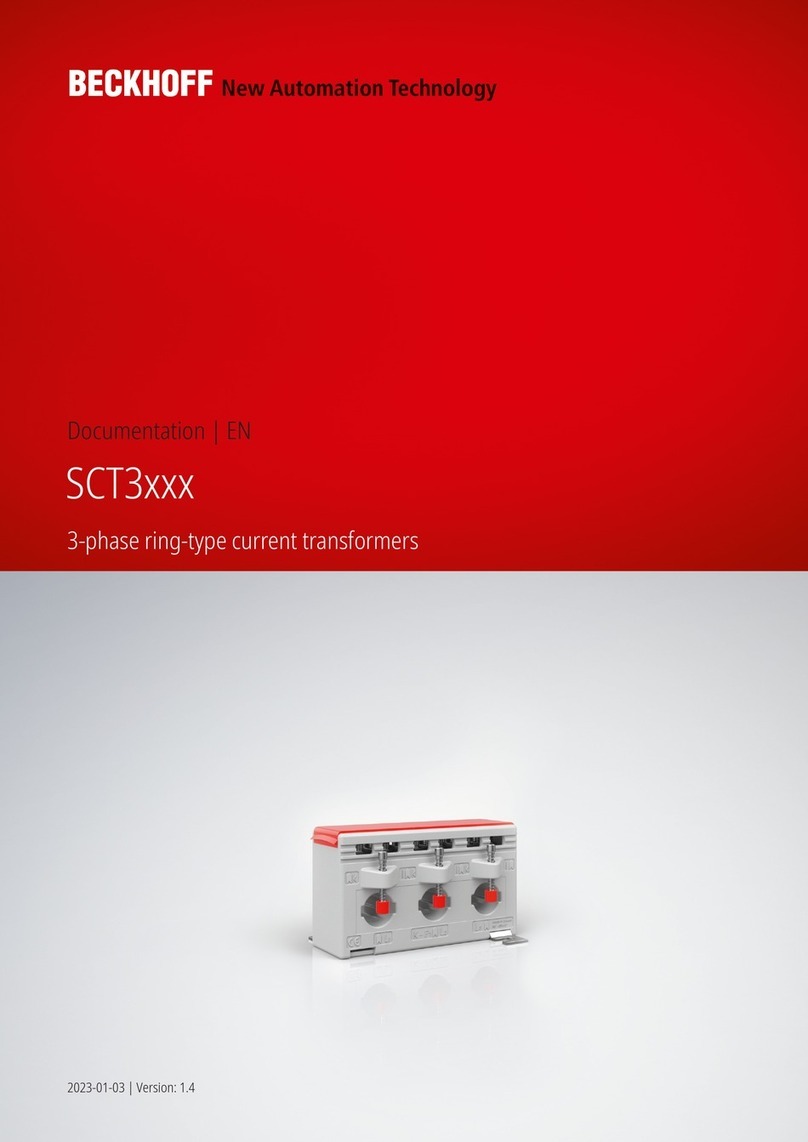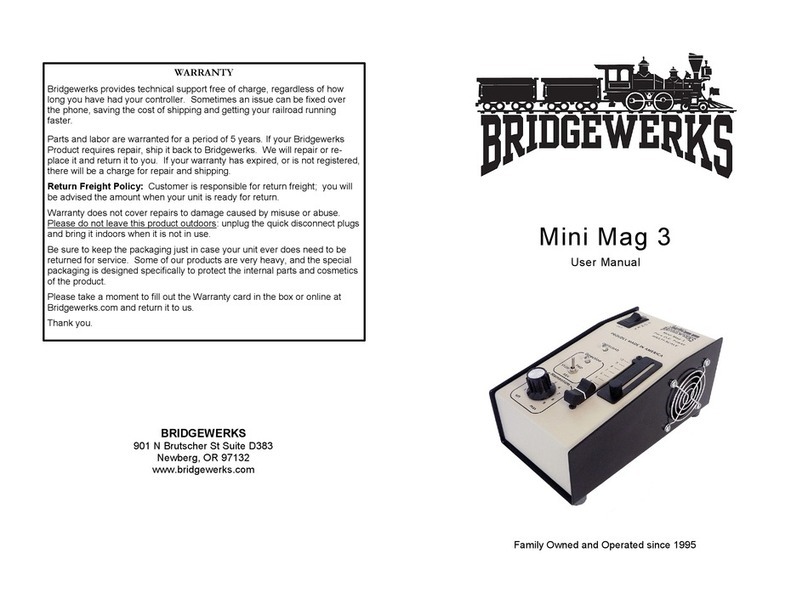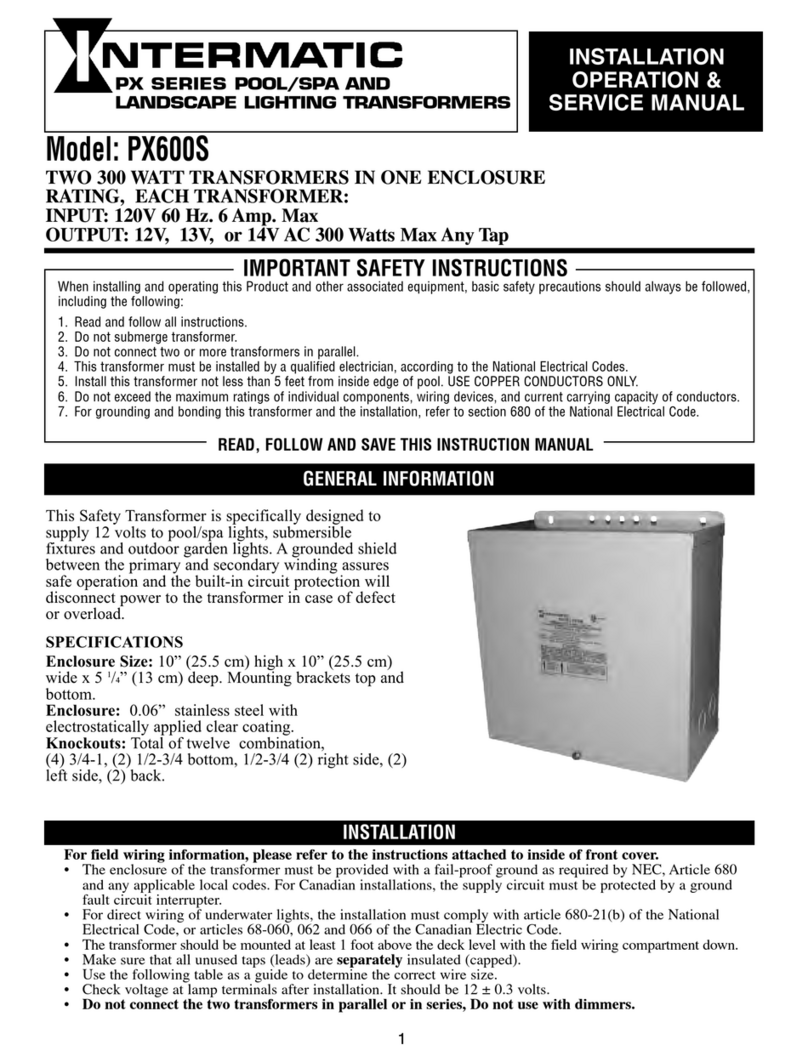
PlanarTransformer Prototyping Kit Document 355 Revised 05/19/08 1
Introduction
The Coilcraft Prototype Planar Transformer Kit is used by Coilcraft designers to
provide fast turnaround of planar transformer samples. The kit allows the engi-
neer to experiment with the number of turns, DCR, and the location of the
windings within the assembly (interleaving). The pre-designed windings allow
quick evaluations and designs that are ready-to-go for production. The proto-
type can be assembled, placed in the circuit and tested, with no tooling.
With this kit, you can design planar transformers for the following topologies
and approximate power levels, based on 100 kHz switching frequency.
Full bridge and half bridge – 140 Watt
Push pull converter – 100 Watt
Forward converter – 50 Watt
Flyback – 25 Watt
The prototype transformers can have up to 12 primary turns and four second-
ary turns. Effective core area is 0.473 cm2. Complete specifications for the core
are listed on page 3. Primary to secondary isolation of the production parts is
1500 Vdc.
For engineers who prefer to build the planar magnetics and experiment, this kit
is a very valuable tool. Each kit contains a sufficient number of parts to build as
many as six prototypes. After a transformer design proves successful, the de-
sign can be submitted to Coilcraft. A sample transformer is built to be tested in
circuit before a production run is started.
This document describes all the parts in the kit and provides information that
covers assembling a prototype planar transformer or inductor. It does not offer
information regarding design criteria. It is assumed that the engineer has a
design concept and that the prototype will be used as a tool for testing.
A sample prototype is included, and may be used as a model.The core halves
of the sample are held together with tape. Production planar magnetics manu-
factured by Coilcraft are permanently glued.
Doc355.pmd 5/19/2008, 3:58 PM1

